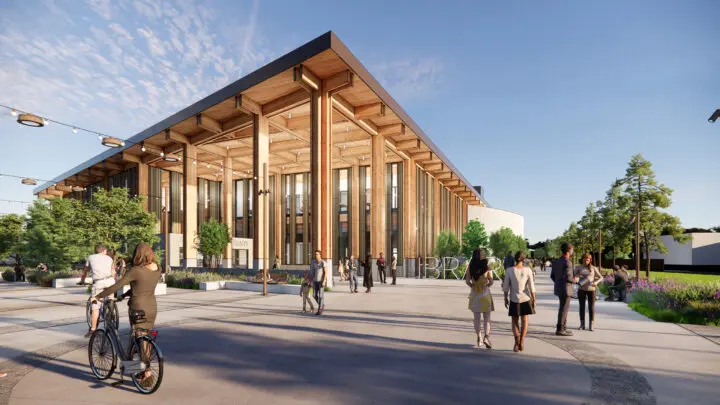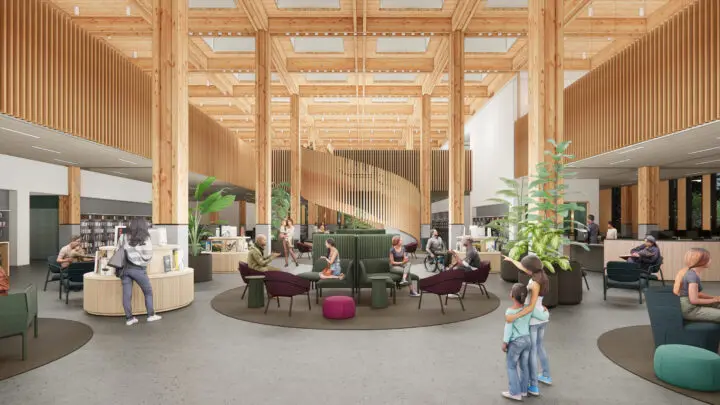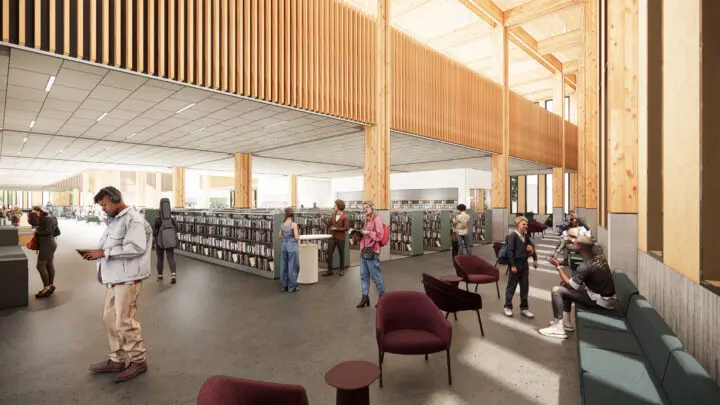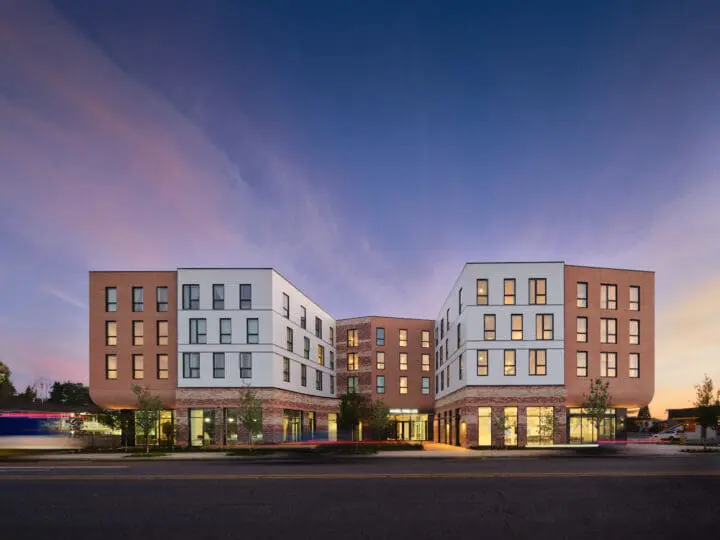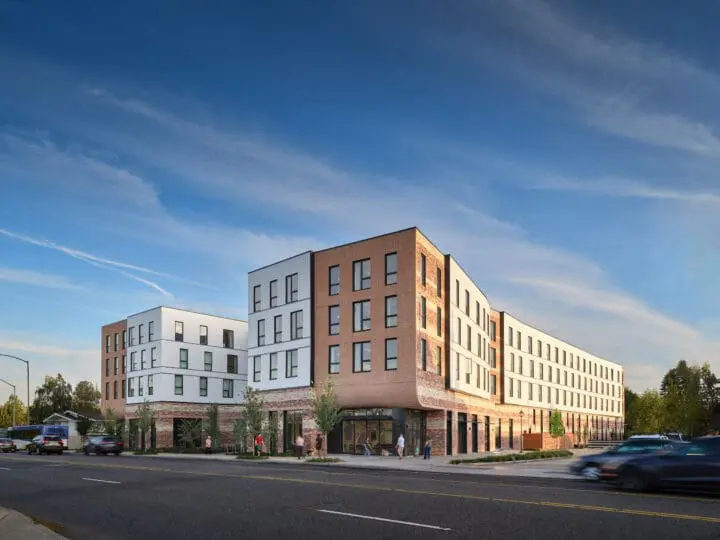Sensory Sensitive Spaces
In a positive design trend, many schools, libraries, airports, and other public places now offer “sensory rooms” as safe spaces intentionally shaped to meet the needs of autistic people and others who can benefit from sensory retreat. Autistic people (1 in 31 children; 1 in 45 adults) often have hypersensitivity to certain noises, lights, smells, and textures that can make large public spaces uncomfortable or unbearable.
At its core, a sensory space should be a retreat from a main, shared public space for anyone of any age to be quiet, make noise, read a book, work, play a game, or zone out. Many of these existing spaces have been designed by teachers, parents, and therapists. Designers now have a unique opportunity to bring their aesthetic expertise to the design of sensory rooms as they emerge in public spaces.
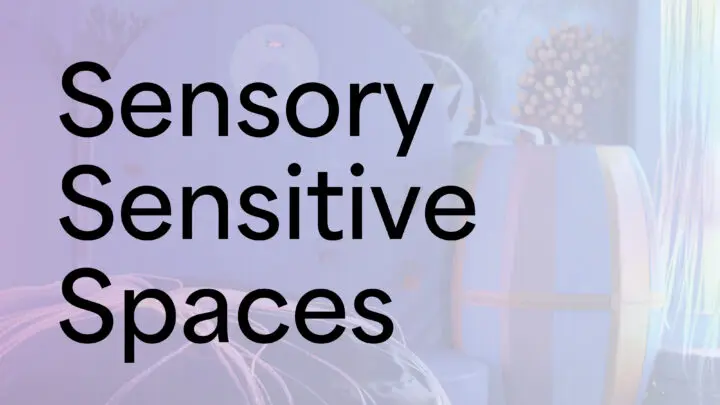
Incorporating Sensory Sensitive Design Practices
In 2022, Inclusive Design Facilitator Hannah Silver began collaborating with Multnomah County Library to help define best practices for incorporating sensory rooms and overall sensory sensitivity into County library renovation and new construction projects. Designers of sensory spaces should learn primarily from autistic people themselves, as well as evidence-based practices and occupational therapists. Many topic experts have reviewed the design guide that has evolved through this partnership to ensure that sensory room design is responsive to the wide range of needs that exist in a neurodiverse community.
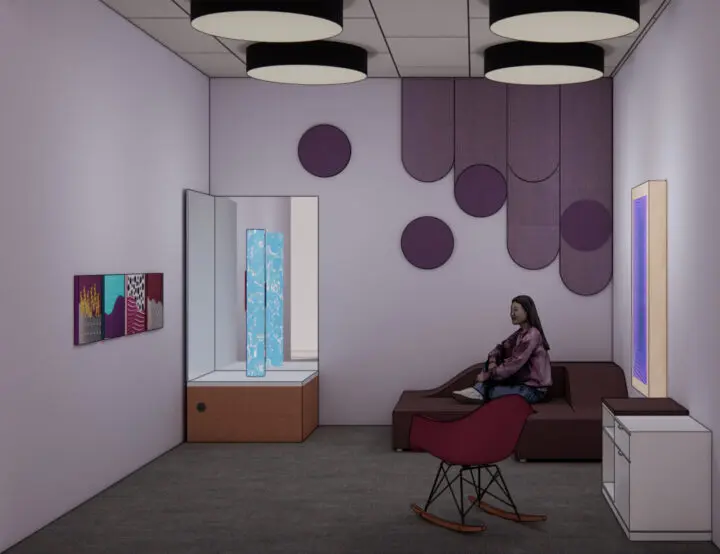
Sensory Room Design
Through the design phases of East County Library, we were able to reach out to community members who can benefit from the inclusion of sensory rooms in this exciting new public space. Through the project’s Accessible Design Survey, we reached close to 200 respondents who shared their sensory room preferences.
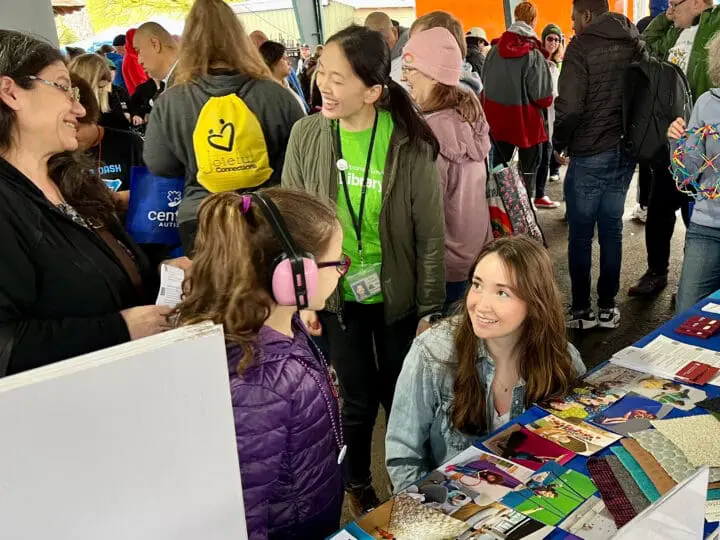
Learning from Community Members
At the Autism Walk at Oaks Park in April 2023, we asked over one hundred people about their preferences for furniture, textures, and other design elements of sensory rooms.
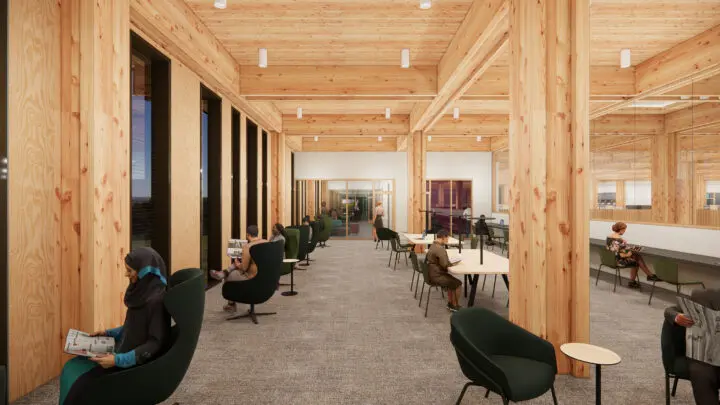
Incorporating Best Practices
In addition to featuring two intentional sensory rooms, East County Library includes a quiet reading room and seating throughout the building that was chosen for its sense of enclosure or retreat.
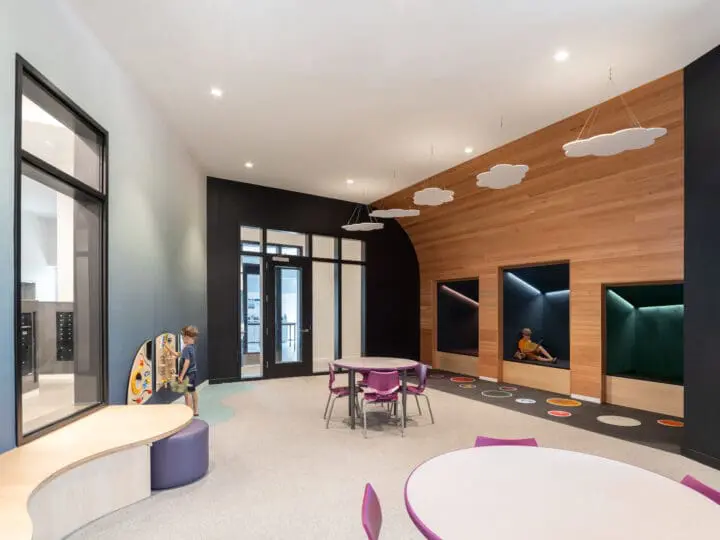
Hazel Ying Lee Apartments
Cozy nooks in the Hazel Ying Lee Apartments children’s room give sensory sensitive visitors an opportunity to retreat from the main play space.
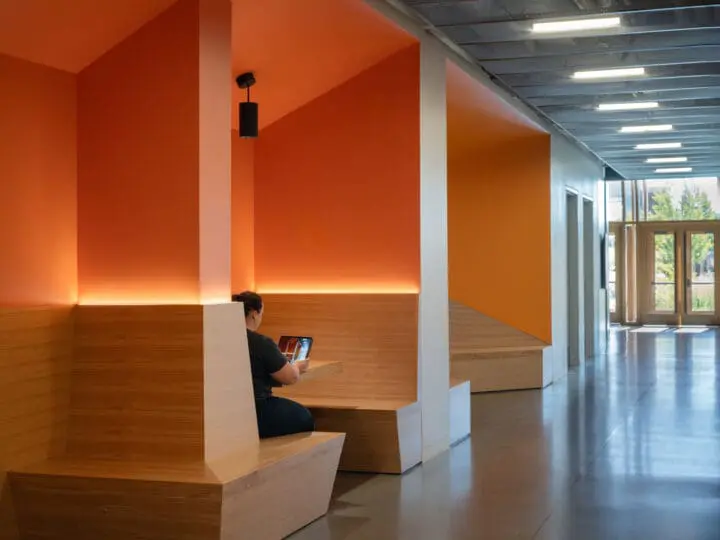
Interested in learning more?
Contact Hannah Silver if you are interested in hosting an in-person or Zoom-based course on Sensory Sensitive Spaces (1.0 AIA LU|HSW).
